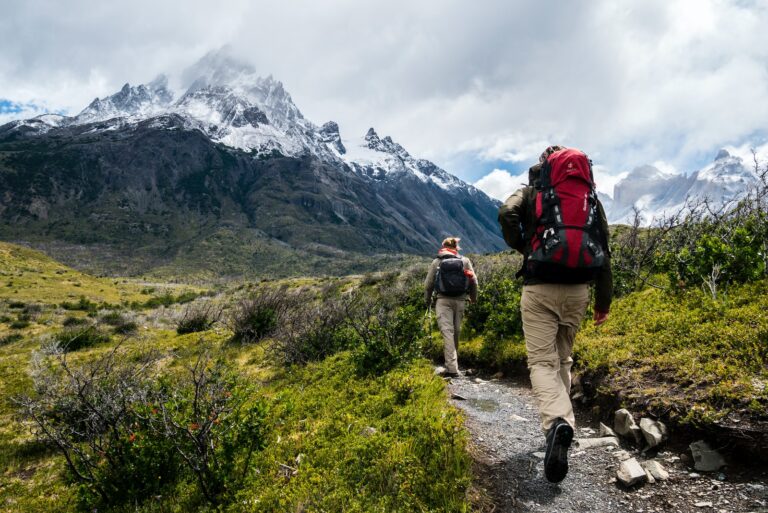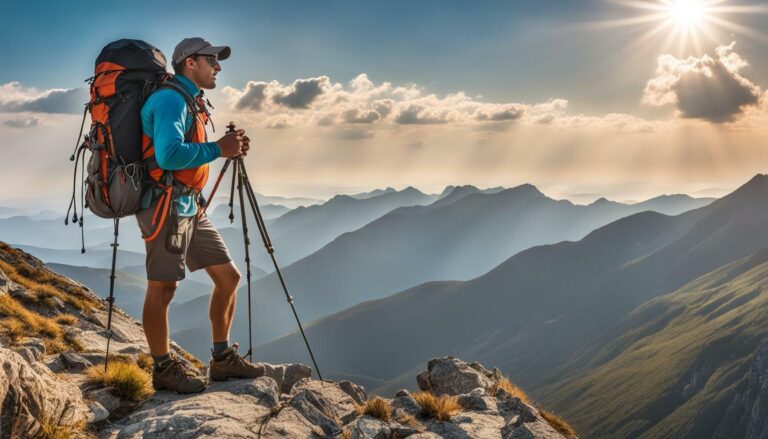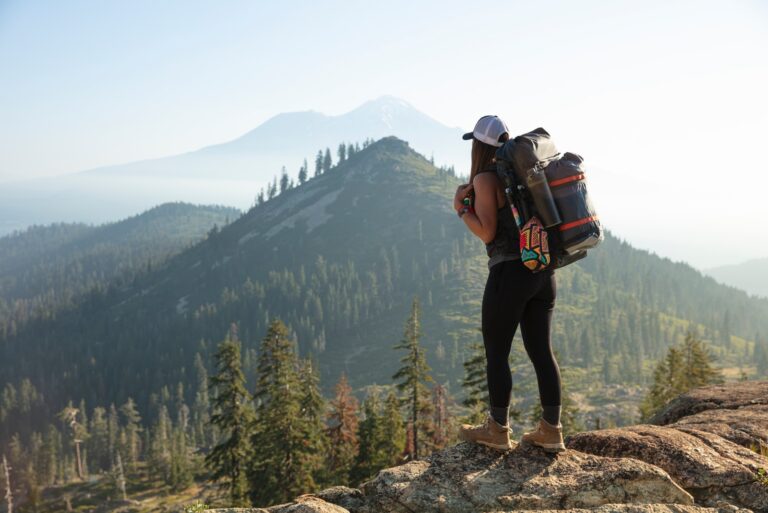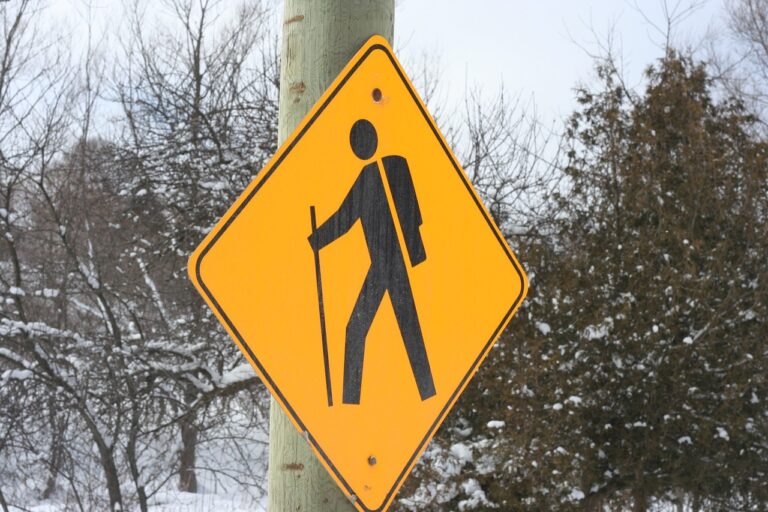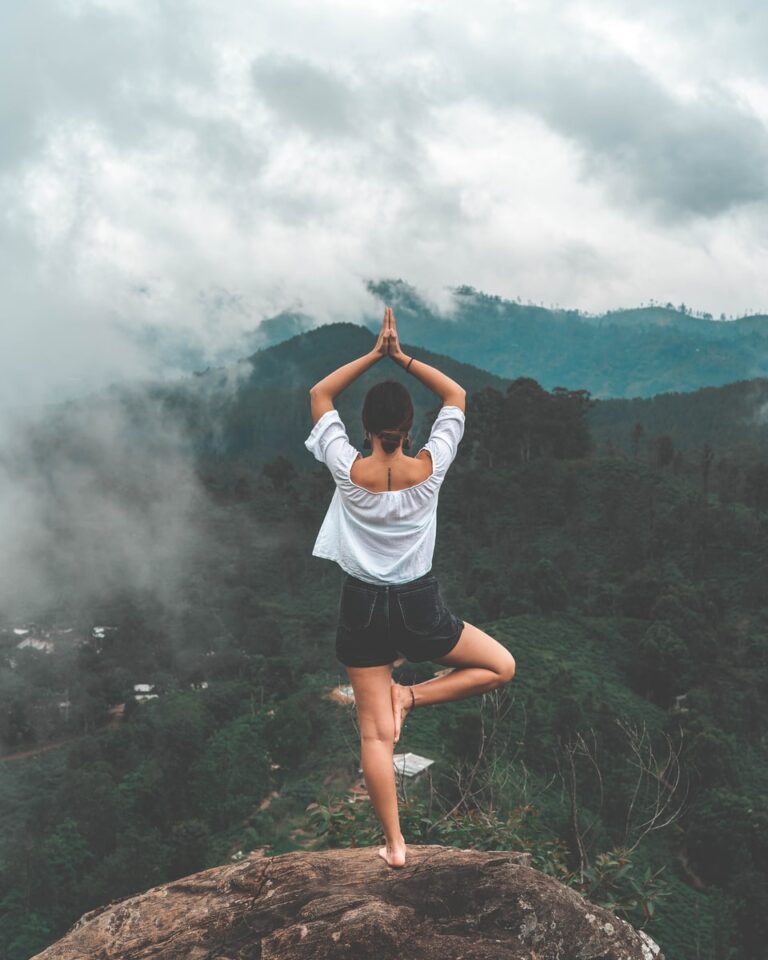How to Properly Clean and Maintain Your Hiking Gear Tips
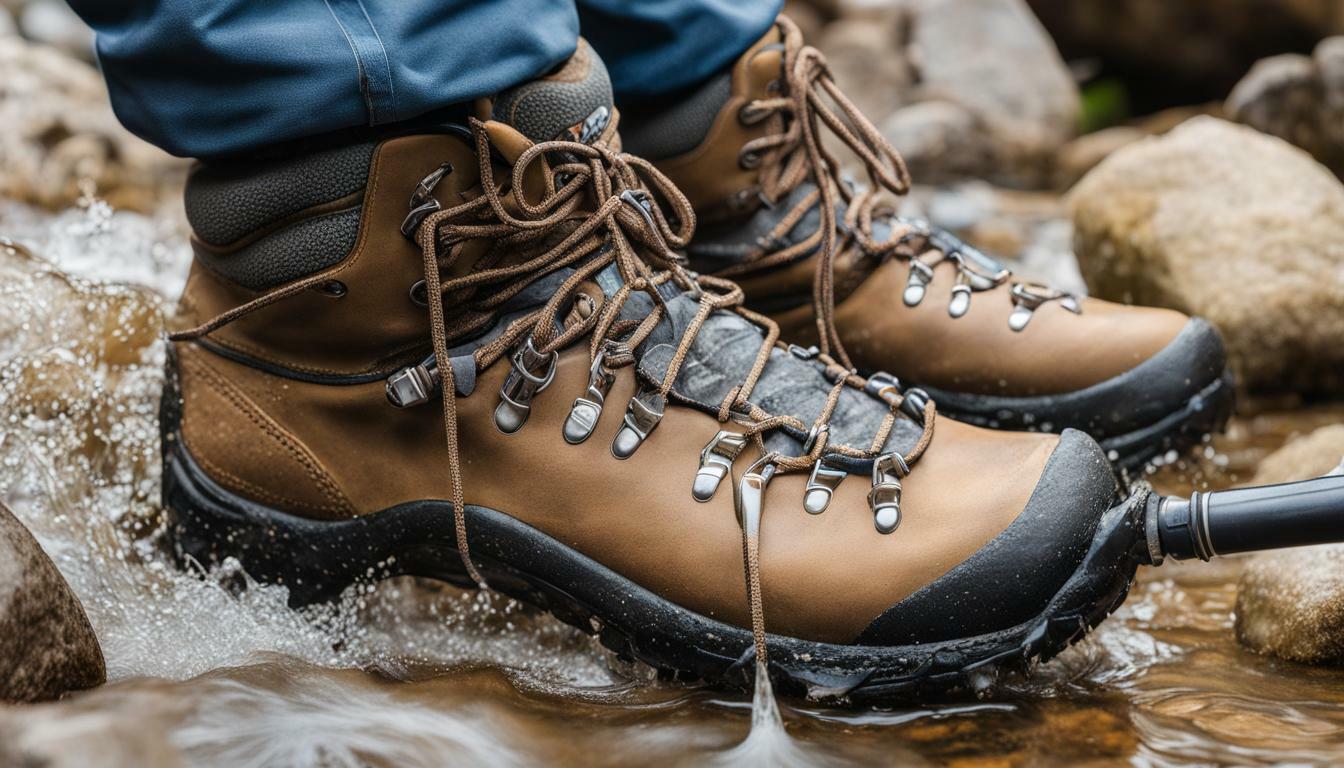
As an adventurous hiker, you rely on your gear to make your outdoor experience comfortable and safe. However, your gear is only as good as its maintenance. Proper cleaning and maintenance of your hiking gear is crucial to prolonging its life and ensuring its optimum performance.
In this article, we will provide you with expert tips on how to properly clean and maintain your hiking gear. We will highlight the importance of gear maintenance and discuss the impact of dirt, debris, and moisture on gear performance and durability. We will also provide you with step-by-step guides on how to clean different types of gear, from backpacks and tents to footwear and technical fabrics. Additionally, we will share tips on proper storage and drying techniques, maintaining gear functionality, and extending the lifespan of your hiking gear.
Key Takeaways:
- Proper cleaning and maintenance of hiking gear is crucial to its longevity and optimum performance.
- Dirt, debris, and moisture negatively impact gear performance and durability.
- Step-by-step guides will be provided on how to clean different types of gear.
- Proper storage and drying techniques, maintaining gear functionality, and extending gear lifespan will also be discussed.
Why Cleaning and Maintaining Your Hiking Gear is Important
As an outdoor enthusiast, you understand the importance of having reliable hiking gear for your adventures. However, many hikers overlook the significance of proper gear maintenance. Dirt, debris, and moisture can negatively impact your gear’s performance and durability, leading to premature wear and tear and even complete gear failure. That’s why it’s crucial to establish a regular cleaning and maintenance routine for your hiking gear. Here are some best practices for gear maintenance:
- Follow manufacturer instructions: Before cleaning or maintaining your gear, it’s essential to review the manufacturer’s instructions. Different types of gear require specific cleaning methods and products, so make sure you are using the recommended techniques.
- Clean gear after each use: It’s crucial to clean your gear after each use to remove dirt, sweat, and debris that can cause damage and reduce performance. Neglecting to clean your gear can also result in unpleasant smells and the growth of mold and mildew.
- Dry gear thoroughly: After cleaning your gear, make sure it is thoroughly dried before storing it. Moisture can cause damage and promote the growth of mold and mildew. Proper drying techniques include air-drying in a well-ventilated area or using a low-heat setting on a dryer.
- Inspect gear regularly: Regular inspections can help identify any wear and tear or damage your gear may have sustained. Catching issues early on can prevent further damage and extend the lifespan of your gear.
- Store gear appropriately: Proper storage is essential for maintaining your hiking gear’s condition. Make sure to store your gear in a dry, well-ventilated area away from direct sunlight and extreme temperatures. Use gear storage bags or containers to protect your gear from moisture, pests, and UV rays.
By incorporating these best practices into your gear maintenance routine, you can ensure that your hiking gear remains in top condition, providing optimal performance and longevity. In the next section, we will provide a step-by-step guide on how to clean your hiking gear.
Cleaning Your Hiking Gear: Step-by-Step Guide
Keeping your hiking gear clean is crucial for maintaining its performance and longevity. In this section, we’ll provide you with a step-by-step guide on how to clean your hiking gear. From backpacks to boots, we’ve got you covered. Follow these tips for cleaning hiking equipment, and your gear will last longer and perform better on your next outdoor adventure.
Cleaning Your Backpack
The first step in cleaning your backpack is to empty it entirely. Turn it inside out and use a soft brush or cloth to remove any dirt or debris. Next, fill a bathtub or large basin with lukewarm water and a small amount of mild detergent. Dunk your backpack in the water and gently scrub it with a soft brush or cloth. Be sure to clean all the pockets, zippers, and straps. Rinse your backpack thoroughly and hang it up to dry.
Cleaning Your Tent
Before cleaning your tent, make sure it’s completely dry. Start by shaking off any loose dirt or debris and brushing it with a soft brush. Set up your tent and spot clean any stains with a damp cloth and mild detergent. Rinse your tent thoroughly with a hose and let it air dry completely before packing it away.
Cleaning Your Sleeping Bag
Always refer to the care label on your sleeping bag before cleaning it. Most sleeping bags can be washed in a large front-loading washing machine with mild detergent. Use cold water and set your machine to a gentle cycle. After washing, let your sleeping bag air dry completely before packing it away.
Cleaning Your Hiking Boots
Start by removing the laces and insoles from your hiking boots. Use a soft brush to remove any dirt or debris from the outside and inside of the boots. Next, use a damp cloth and mild soap to clean the boots. Rinse them thoroughly with water and let them air dry completely. Once dry, condition the leather with a leather conditioner.
Tips for Removing Stubborn Stains and Odors
If you encounter stubborn stains or odors on your gear, try these tips:
- For stains, create a paste using baking soda and water. Apply the paste to the stain, and let it sit for 30 minutes before wiping it away with a damp cloth.
- For odors, fill a spray bottle with a 50/50 mixture of vinegar and water. Spray the affected area and let it air dry completely.
Now that you have these tips for cleaning outdoor gear, you can keep your hiking equipment in top condition and ready for your next adventure.
Proper Storage and Drying Techniques for Hiking Gear
Proper storage and drying techniques are essential for maintaining the quality and longevity of your hiking gear. In this section, we will discuss the best practices for storing and drying your gear to keep it in top condition.
Storing Your Hiking Gear
Before storing your hiking gear, make sure it is clean and completely dry to prevent mold and mildew growth. Store your gear in a cool, dry, and dark place to avoid exposure to UV rays, which can weaken fabrics and materials over time. Here are some tips for storing your gear:
- Use breathable storage containers or bags to prevent moisture buildup.
- Hang backpacks and tents to maintain their shape and prevent creases.
- Store sleeping bags loosely, not compressed, to maintain their loft and insulation properties.
- Keep footwear in a dry and ventilated area to prevent odor and mold growth. Stuff shoes with newspaper or shoe trees to maintain their shape and absorb moisture.
Drying Your Hiking Gear
Drying your gear thoroughly after each use is crucial to prevent mold, mildew, and odor growth. Here are some tips for drying your gear:
- Avoid direct sunlight, as it can damage and fade fabrics and materials.
- Hang or lay your gear flat to air dry in a cool, dry, and well-ventilated area.
- Use a fan or dehumidifier to speed up the drying process, especially in humid environments.
- Avoid using a dryer, as it can damage and shrink certain fabrics and materials.
By following these proper storage and drying techniques, you can keep your hiking gear in top condition and extend its lifespan.
Maintaining Gear Functionality: Inspections and Repairs
Regular inspections are vital for maintaining the functionality of your hiking gear. Pay attention to any signs of wear and tear, such as frayed straps or holes in your tent. Inspect zippers to ensure they are not stuck or broken. Additionally, look for any damage to poles or stakes that could affect the stability of your shelter.
Small repairs can be easily done on your own using a repair kit. These kits typically include patches, adhesive, and other materials for fixing tears and holes in various gear items. Be sure to follow the manufacturer’s instructions for best results. For more significant repairs, it may be necessary to seek professional help to ensure the repair is done correctly.
Remember to also maintain other functional aspects of your gear, such as keeping your stove clean and checking its fuel levels before each trip. Inspect your headlamp to ensure it is working correctly and replace any batteries as needed. By regularly inspecting and repairing your gear, you can extend its lifespan and ensure that it functions correctly on your next hiking adventure.
Caring for Technical Fabrics in Hiking Gear
Technical fabrics are commonly used in hiking gear to provide features such as moisture-wicking, waterproofing, and breathability. However, they require specific care to maintain their functionality and prolong their lifespan.
Here are some tips for maintaining technical fabrics in your hiking gear:
- Read the care labels: Before cleaning any technical fabrics, read the care labels and follow the manufacturer’s instructions. Some fabrics may require specific cleaning products or methods.
- Use a gentle detergent: When cleaning technical fabrics, use a mild detergent that is free of additives such as fabric softeners. These additives can leave residue that can clog up the pores in the fabric, reducing its functionality.
- Avoid hot water and high heat: Hot water and high heat can damage technical fabrics and reduce their effectiveness. Stick to cold or warm water and avoid using a dryer, unless the care label specifies otherwise.
- Protect from UV rays: Ultraviolet (UV) rays can break down technical fabrics over time, reducing their effectiveness. When storing your gear, keep it out of direct sunlight or use a UV-resistant fabric spray.
- Reapply durable water repellent (DWR) coating: DWR is a coating that helps technical fabrics repel water. Over time, this coating can wear off, reducing the fabric’s effectiveness. Follow the manufacturer’s instructions to reapply the DWR coating when necessary.
By following these tips, you can ensure that the technical fabrics in your hiking gear remain functional and provide the features you need to enjoy your outdoor adventures.
Maintaining Footwear for Hiking Adventures
Proper care and maintenance of your hiking footwear will not only extend its lifespan but also ensure that your feet are comfortable and protected during your outdoor adventures. Here are some tips for maintaining your hiking shoes:
- Remove any excess dirt or debris from your shoes after each hike. Use a soft-bristled brush or cloth to gently wipe away any dirt or mud.
- Clean your shoes regularly using a mild soap and warm water. Avoid using harsh chemicals or abrasives that can damage the materials.
- Allow your shoes to air dry thoroughly before wearing them again. Avoid exposing your shoes to direct sunlight or heat sources that can cause the materials to warp or crack.
- Apply a waterproofing agent to your shoes to protect them from moisture damage. Follow the manufacturer’s instructions for best results.
- Inspect your shoes regularly for signs of wear and tear. Replace worn-out shoes or insoles to avoid discomfort or injury during your hikes.
- Store your shoes properly to minimize damage from moisture and pests. Keep them in a cool, dry place away from direct sunlight and heat sources.
By following these hiking gear cleaning tips and maintaining your hiking shoes properly, you can ensure that your footwear lasts longer and provides the performance and comfort you need during your outdoor adventures.
Gear Maintenance Tips for Different Seasons
Proper cleaning and maintenance of your hiking gear is essential to ensure its longevity and performance. With each season, there are specific gear maintenance practices you should follow to prepare for your outdoor adventures. Here are some tips for maintaining your hiking gear throughout the year:
Winter
In the winter, it is crucial to protect your gear from harsh conditions such as snow and freezing temperatures. Before storing your gear for the winter, make sure to clean it thoroughly to remove any dirt or debris that accumulated during your hikes. It is also essential to dry your gear completely before storage to prevent mold and mildew growth. Inspect zippers, fasteners and other hardware for any signs of wear and tear and make necessary repairs. Storing your gear in a dry, cool, and dark space will help ensure it is ready for use when the winter hiking season arrives.
Spring
Spring is the perfect time to inspect your gear and prepare it for the hiking season ahead. Take your gear out of storage, and inspect it thoroughly for any signs of damage or wear and tear. Clean and dry your gear if necessary. Make sure to check your hiking boots for wear and tear, and replace any worn-out parts, such as the soles. Additionally, inspect gear that you may not have used in a while, like your trekking poles, and check them for damage or defects.
Summer
During the summer, your hiking gear is exposed to a lot of sunlight. Exposure to UV rays can weaken and damage fabrics over time. One of the best ways to protect your gear from UV rays is to store it in a cool, dry, and dark place. It is also essential to clean and dry your gear after each use to ensure it is ready for the next adventure. Make sure to inspect your gear before each hike to ensure there are no defects or wear and tear that can affect its performance.
Fall
In the fall, it is important to prepare your gear for the cold weather ahead. Make sure to check your gear for any damage or wear and tear that may have occurred during summer hikes. Inspect your boots for any cracks or leaks that may allow moisture to enter. Consider applying a waterproofing spray to your gear, such as your backpack, to protect it from moisture during the wetter fall season. Additionally, make sure to clean and dry your gear thoroughly before storing it for the winter.
Extending the Lifespan of Your Hiking Gear
Proper gear cleaning techniques and maintenance routines are essential for extending the lifespan of your hiking gear. However, there are additional steps you can take to minimize wear and tear and ensure your gear lasts longer.
Firstly, always handle and use your gear with care. Avoid dragging your backpack on the ground or throwing your gear into the back of your car. Instead, gently place and organize it. Additionally, avoid overloading your backpack or exceeding the weight limit of your gear. This can cause unnecessary stress and damage to the material.
Secondly, store your gear properly when not in use. Keep it in a dry, cool place to prevent damage from moisture and pests. Avoid storing your gear in direct sunlight or a damp basement, as this can cause mold and mildew growth. Use storage containers or bags to keep your gear organized and protected from dust and debris.
Thirdly, invest in quality gear. While it may be tempting to opt for cheaper options, investing in high-quality gear can save you money in the long run. Quality gear is often made from durable materials and comes with warranty programs, ensuring you get the most out of your investment.
Finally, establish a regular gear maintenance routine. Inspect your gear after each use and address any issues promptly. Regularly clean and store your gear according to the tips discussed in this article. This will not only extend the lifespan of your gear but also ensure its optimum performance for your next outdoor adventure.
Conclusion
In conclusion, proper cleaning and maintenance of your hiking gear is essential for its performance and longevity. Neglecting gear maintenance can lead to reduced effectiveness and even incurable damage. Therefore, it is critical to establish a regular gear maintenance routine and implement the tips discussed in this article.
Remember to clean your gear after every trip, store it properly, and regularly inspect it for wear and tear. Following these practices will ensure your gear lasts longer, performs better, and helps you enjoy your outdoor adventures to the fullest.
So, take care of your hiking gear, and it will take care of you. Happy hiking!
FAQ
Q: Why is it important to clean and maintain hiking gear?
A: Proper cleaning and maintenance of hiking gear help ensure its performance, durability, and longevity. It removes dirt, debris, and moisture that can affect gear functionality and cause damage. Regular maintenance also allows you to identify any wear and tear or issues that need repair.
Q: How often should I clean my hiking gear?
A: The frequency of cleaning will depend on how often you use your gear and the conditions you encounter. However, it is recommended to clean your gear after each hiking trip or at least once every few months to prevent the buildup of dirt, stains, and odors.
Q: Can I use regular laundry detergents to clean my hiking gear?
A: It is best to use specialized cleaning products designed for outdoor gear to ensure optimal cleaning without damaging the fabric or waterproof coatings. Regular laundry detergents may leave residues or strip away the waterproof properties of technical fabrics.
Q: How should I store my hiking gear?
A: To store your hiking gear properly, make sure it is clean and dry. Store items in a cool, dry place away from direct sunlight. Use breathable storage bags or containers to prevent mildew growth. Avoid compressing items that may lose their loft or shape.
Q: Can I repair my hiking gear myself?
A: Minor repairs, such as patching small tears or replacing broken zippers, can often be done at home with the right tools and materials. However, for major repairs or if you’re unsure, it’s best to seek professional help or consult the manufacturer for guidance.
Q: How can I prevent odor in my hiking footwear?
A: To prevent odor in your hiking footwear, make sure to clean and dry them thoroughly after each use. Use odor-control products or natural remedies like baking soda or tea tree oil. Rotate between multiple pairs of shoes to allow them to air out between hikes.
Q: What should I do to prepare my gear for winter hiking?
A: For winter hiking, it’s essential to clean and dry your gear thoroughly to prevent moisture from freezing and causing damage. Inspect and repair any issues beforehand, and consider applying a waterproofing treatment to your gear. Layer your clothing appropriately for the cold conditions.
Q: How can I extend the lifespan of my hiking gear?
A: To extend the lifespan of your hiking gear, handle it with care, follow the manufacturer’s instructions for use and maintenance, and store it properly when not in use. Regularly clean, inspect, and repair your gear as needed. Investing in high-quality gear and using it responsibly also contributes to longevity.

